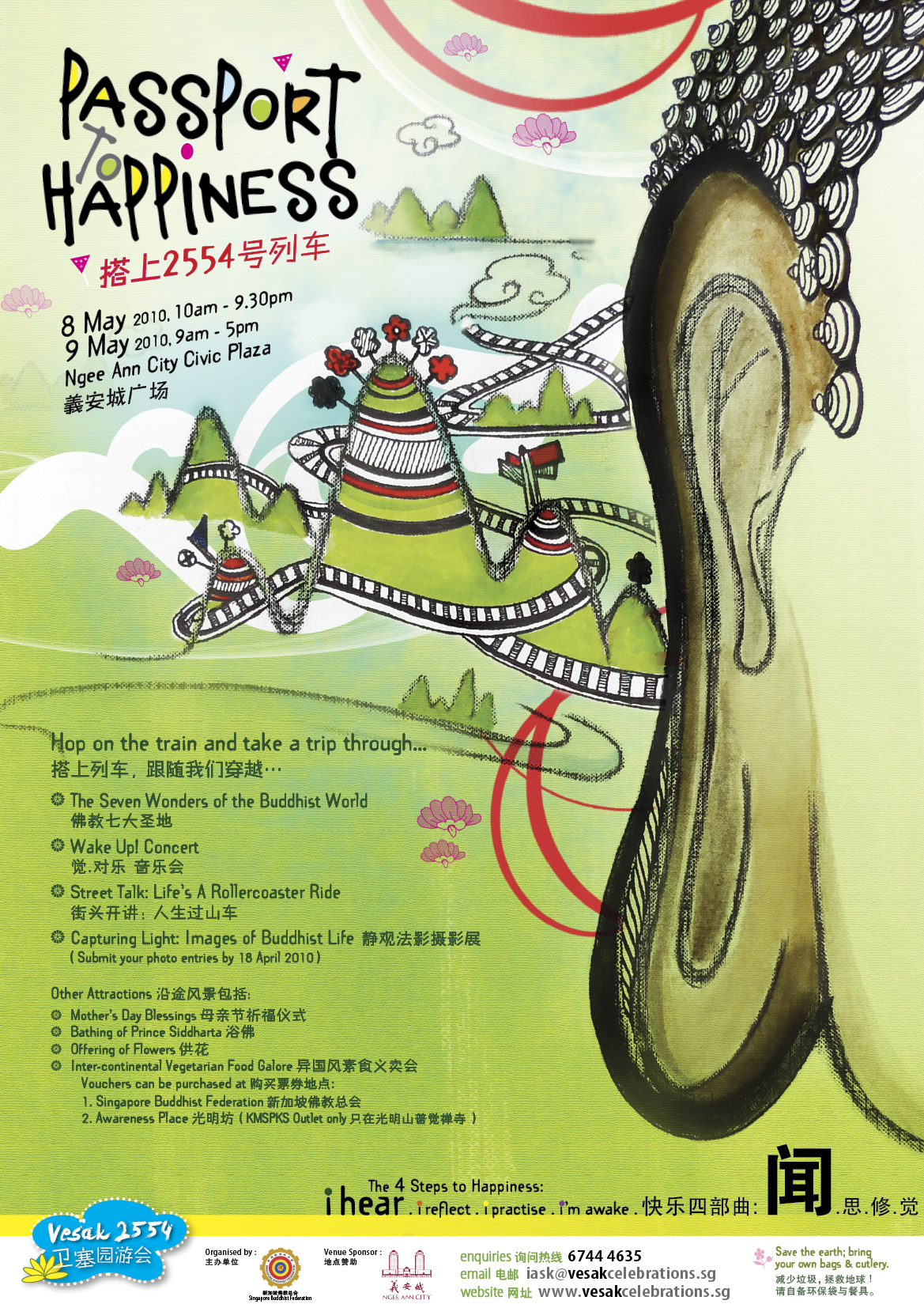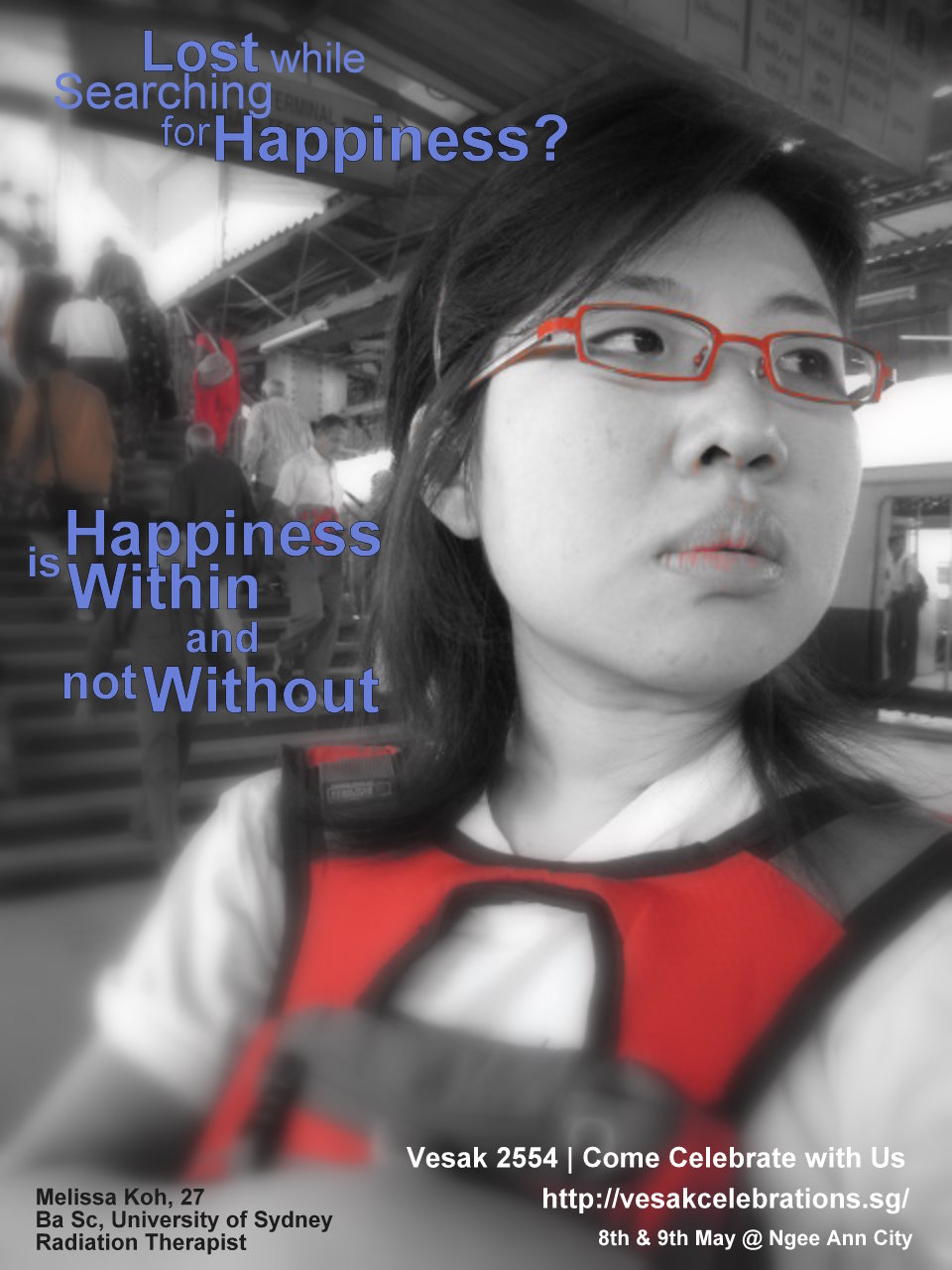China Earthquake Kills Hundreds in Qinghai
Our condolences and prayers of metta goes out to them.
Please extend your thoughts and support to them where you can.
http://news.bbc.co.uk/2/hi/asia-pacific/8619102.stm
At least 300 people have died and others are trapped under rubble after a magnitude-6.9 earthquake struck China’s Qinghai province, officials say.
The powerful tremor hit remote Yushu county, 500km (310 miles) south-west of provincial capital Xining, at 0749 (2349 GMT), at a shallow depth of 10km.
Life Is All About Making Choices
Life is all about Making Choices
I’m glad I chose my Passion in Film making and Buddhism
Copywrong (c) 2010 CGLabs
This is a CGLabs Copywrong work. This means that you are free to copy and distribute this work as long as you don’t charge for it.
Thoughts About the Buddha’s Teachings from 5th April 2010
I received a few emails about the verse found on 5th April 2010.
There are these three unskillful types of thought. What three? Thoughts of self-esteem, thoughts of gains, honours and fame and thoughts of worrying about others.
It.72
Most of the emails expressed questions about why worrying about others is an unskillful thought. Here’s why.
Worry and concern are very similar, yet very different at the same time.
Without getting pedantic about it, being concerned about someone or something is not a bad thing. It is definitely good to care and be concerned for others, as this concern can and should lead to positive action to benefit others. However, this concern can instead lead to worry, which is the mere discursive thinking and often uncontrolled vacillations about the matter concerned.
The former is what can help others and can be driven by loving kindness and compassion, while the latter does not help the matter but preoccupies us, draining us emotionally and sometimes confuses us,
So be concerned, and actively do something about it, and not start worrying about things.
Hope this allays your concerns and you can stop worrying about it. 😉
Two Computing Books I’ve Read Before
There are many computing books I’ve read before, but there are two I thought would be interesting to share.
The first is “Mind at Play: The Psychology of Video Games” and the second is “The Inmates Are Running the Asylum: Why High Tech Products Drive Us Crazy and How to Restore the Sanity”.
Mind at Play: The Psychology of Video Games
I read the first book in my teens from the school library (TKSTS) when I was crazy writing games in the mid 80s. It didn’t teach me how to write games as far as programming languages were concern, but it explored what made people tick. What makes games compelling? Why do people play games? Back in those days, it was a gem, for it gave insights into how I could design the games I was writing to make it interesting and fun. Challenging and not insurmountable, rewarding and not trivial. How to get others hooked onto my game?
Now as a monk, I think back about that book and ponder about how there are much parallel between what the author discovered and shared in the book and what the Buddha taught 2500++ years ago. Understanding how people get hooked onto games, offers some insight into how people get hooked into other things and concerns. In turn, it helps me appreciate the Buddha’s teaching on how people can get unhooked, not just from games but also from the things and attachments that binds and bogs us down.
The Inmates Are Running the Asylum: Why High Tech Products Drive Us Crazy and How to Restore the Sanity
This is an interesting book I read when I was working in R&D as a software engineer in the late 90s. It explores Human-Computer-Interaction instead of Human-Computer-Interface. The crux of the book is about relooking computer software design, not as an after thought or bug fix, but as a key project goal. To design computer software, targeted at real user personas and not just code an app against a checklist of functions.
This is, to me, a must-read for any designers, computer or otherwise. The design tips goes beyond computer software applications and is equally applicable to other design fields as well.
The Asylum book is really a good design book to read. Maybe for those who are into designing, this book would be a fun read as well. For me, it was rather insightful and offered a fresh alternative approach towards software development.
Take a look, and let me know what you think.
Meanwhile, I’ve a pet project coming up for Vesak. 😉
n
http://www.amazon.com/Mind-Play-Psychology-Video-Games/dp/0465046096
http://www.amazon.com/Inmates-Are-Running-Asylum-Products/dp/0672326140



